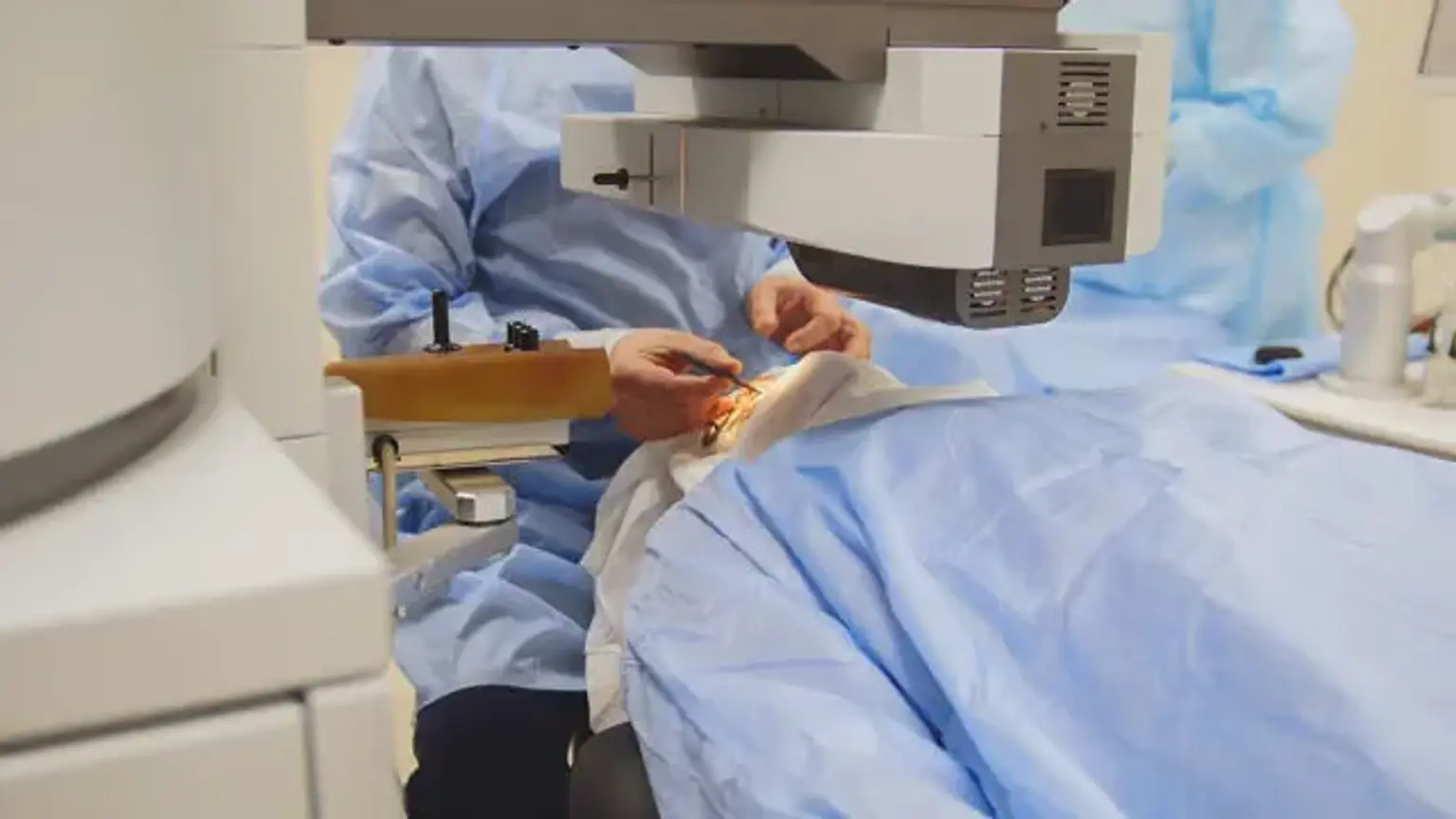Introduction
LASIK (Laser-Assisted in Situ Keratomileusis) eye surgery is one of the most popular procedures globally for correcting refractive vision issues such as nearsightedness (myopia), farsightedness (hyperopia), and astigmatism. Over the years, it has become a go-to solution for those looking to reduce or eliminate their dependence on glasses and contact lenses. The procedure uses advanced laser technology to reshape the cornea, improving the way light enters the eye and enhancing vision clarity.
As LASIK continues to gain popularity, millions of people worldwide have benefited from this vision correction method, making it one of the most commonly performed surgeries.
What is LASIK Eye Surgery?
Defining LASIK
LASIK is a minimally invasive eye surgery designed to correct common vision problems. It works by reshaping the cornea—the clear, front part of the eye—so that light can focus properly onto the retina at the back of the eye. This laser treatment improves vision in those with myopia, hyperopia, and astigmatism, offering a permanent solution for many patients.
How LASIK Works
During LASIK surgery, a laser is used to precisely remove tissue from the cornea. The procedure begins with the creation of a thin flap on the cornea, which is lifted to allow the laser to reshape the underlying tissue. Once this is done, the flap is repositioned. Because the cornea heals quickly, stitches are typically not required.
